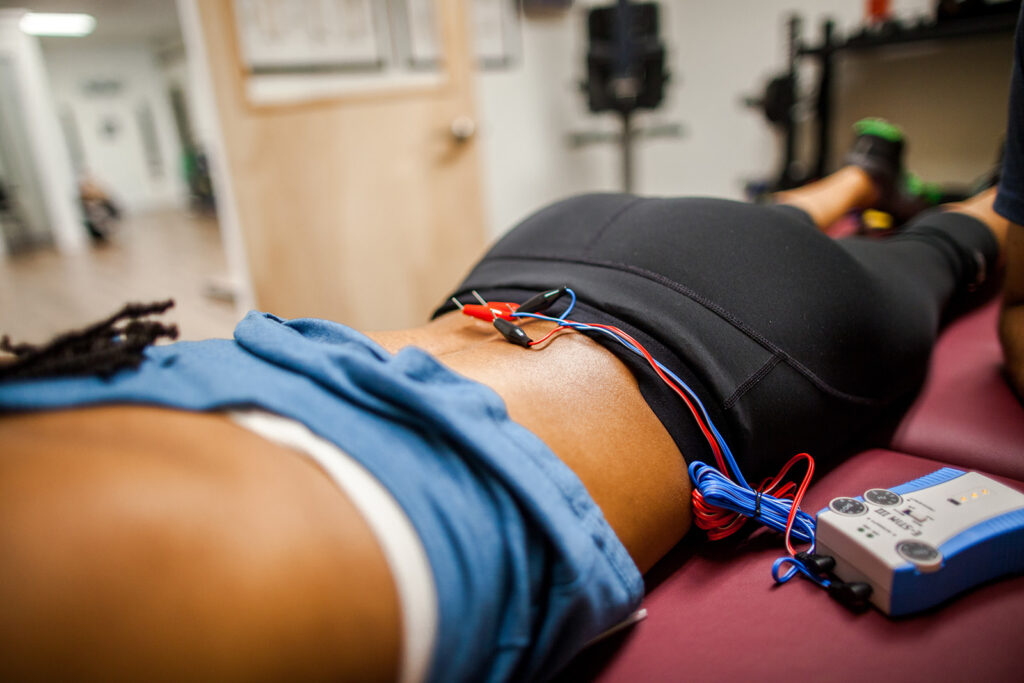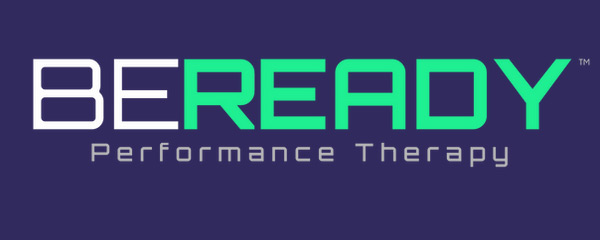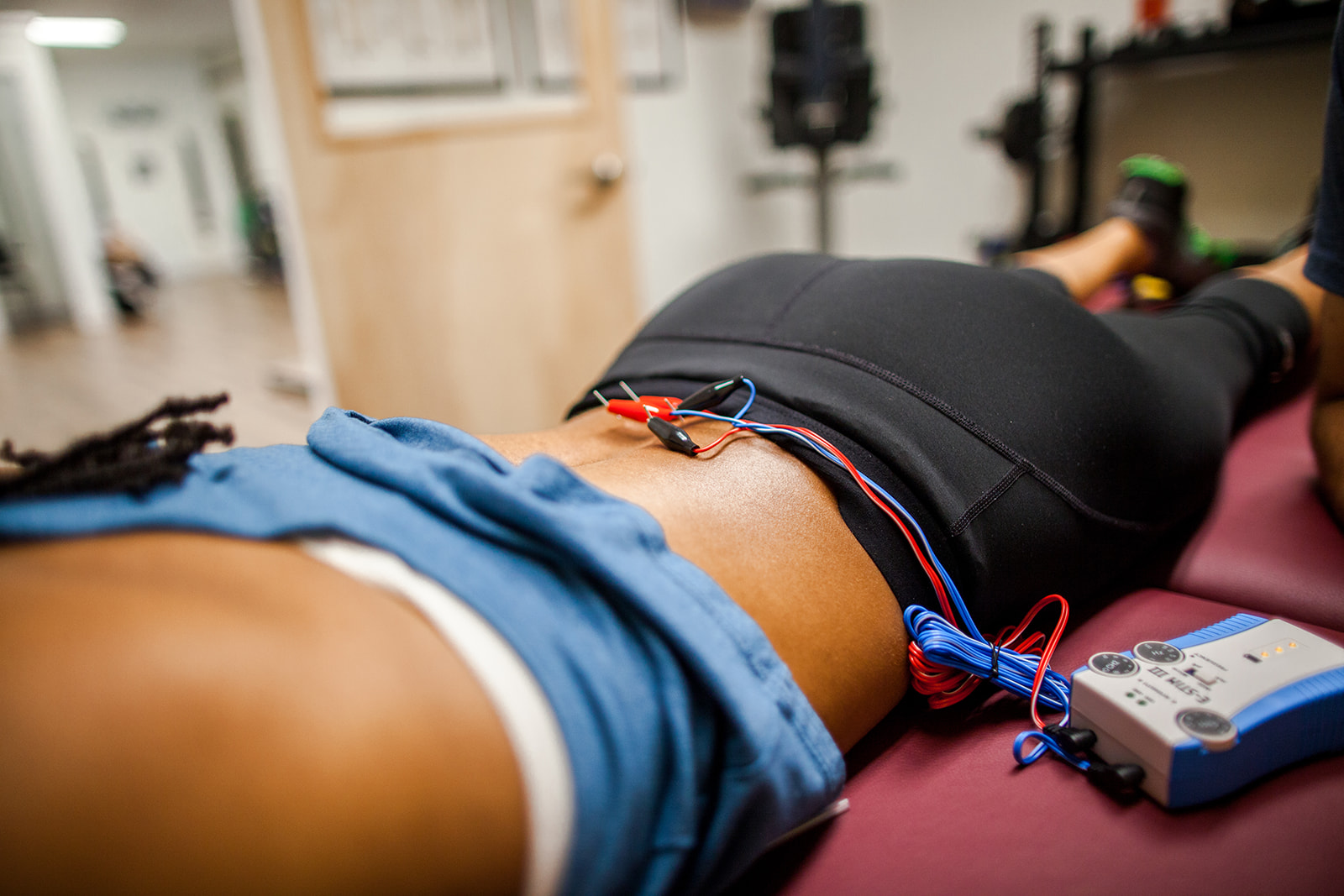Are you familiar with those persistent knots and trigger points in your muscles that just won’t seem to go away? If you’ve ever wondered about effective ways to tackle these discomforts, you’re in the right place. As a physical therapist, I’m excited to introduce you to the remarkable world of dry needling, a valuable technique that can help you conquer muscle tension and pain.
The Power of Dry Needling
Dry needling is one of the most dynamic and effective tools in the physical therapist’s toolbox when it comes to addressing musculoskeletal issues. It may look somewhat unconventional, but its impact is undeniable. You might wonder, how can poking a muscle with a tiny needle provide relief? Let’s delve into the science behind it.
How It Works
In dry needling, thin, sterile needles are inserted into specific trigger points or tight bands of muscle. Unlike acupuncture, which focuses on balancing energy flow, dry needling targets muscular issues directly. The technique is precise and aims to release muscle tension, reduce pain, and promote the body’s natural healing mechanisms.
The Science Behind It
Research shows that dry needling stimulates several physiological responses in the body. When a needle is inserted into a muscle trigger point, it causes a “twitch response.” This involuntary muscle contraction helps to release tension and deactivate the trigger point. Moreover, the tiny injury created by the needle triggers a healing response, leading to increased blood flow and the release of natural pain-relieving substances.

What to Expect During a Dry Needling Session
When you visit a physical therapist for dry needling, you can expect a comprehensive evaluation to identify your specific concerns. Your therapist will then use sterile, single-use needles to target the areas of concern. You may feel a quick, temporary twitch or ache, but most patients report minimal discomfort. The result is often a sense of relief and improved range of motion.
Dry Needling and Slow & Controlled Exercise
Similar to IASTM, dry needling can be effectively combined with slow and controlled exercise. After a session, performing exercises that engage the treated muscles can send a powerful signal to the brain, promoting relaxation and improved functionality. This combination of applied pressure through needling and tailored exercises can help you achieve a relaxed and pain-free state.
Find Relief with a Skilled Physical Therapist
If you’re constantly battling muscle knots or persistent discomfort, dry needling by a skilled physical therapist might be your key to relief. Like IASTM, it provides a targeted approach to address musculoskeletal issues effectively. Seek out a trained physical therapist who can perform this technique, and you’ll be one step closer to enjoying a pain-free, active lifestyle. Our clinic, Be Ready Performance Therapy, has locations in Downtown Nashville and Brentwood, TN. You can schedule a visit with us by going to our web home at www.bereadypt.com.
In conclusion, dry needling, in the hands of a proficient physical therapist, offers a scientifically backed solution to those nagging muscle knots and trigger points. This innovative approach can help you regain control over your body and your life, leading to improved comfort and overall well-being. If you’re ready to experience the benefits of dry needling, don’t hesitate to reach out to a qualified physical therapist. Your journey to a pain-free existence begins here.


